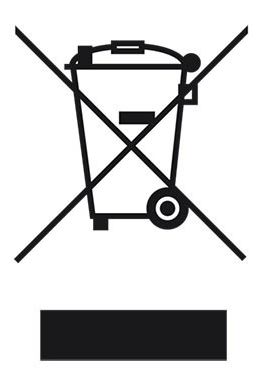- To Website
-

- 0
- (0)
- Log in
Choose your country of delivery to see prices and products for your location.
Menu
Back
- CNC-Machines
- CNC-Tools
- CNC-Accessories
- End Mills
- Software
- Spare Parts
- DIY Projects
- Training and Teaching
